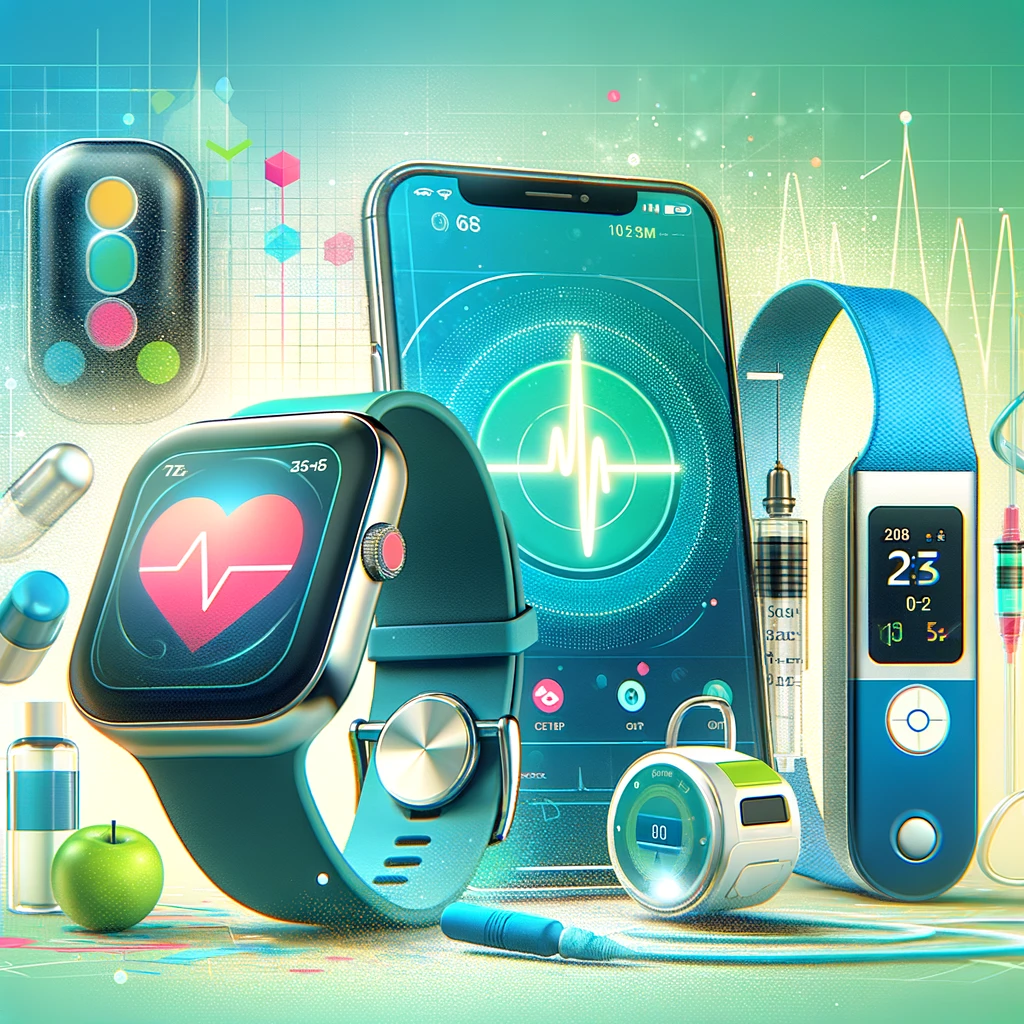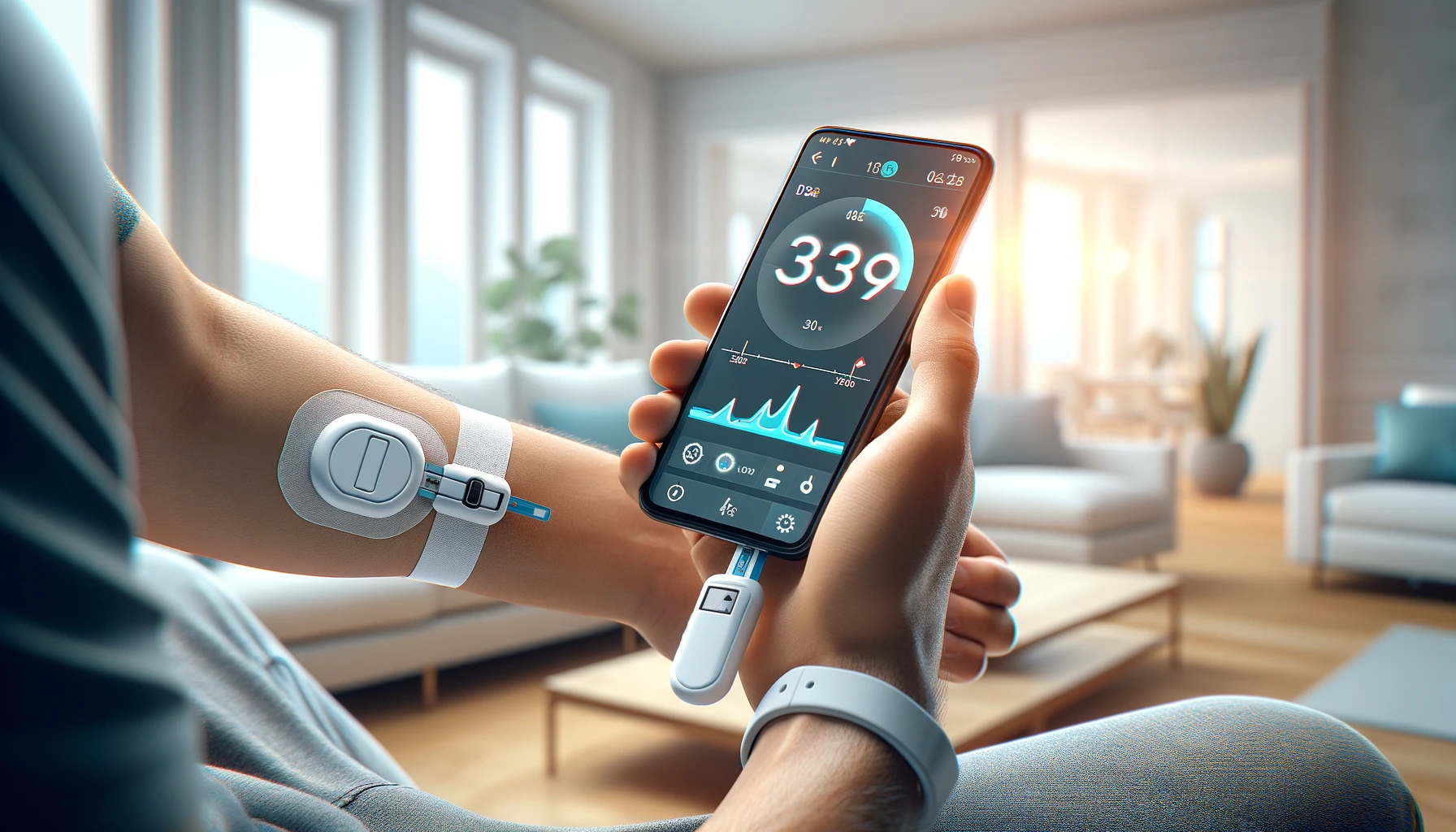
Table of Contents
Health monitoring has always been a critical component of maintaining wellness and managing chronic conditions. With the advent of advanced health devices, we are now witnessing a revolution in how we track and manage our health. Among these innovations, Continuous Glucose Monitors (CGMs) stand out as a game changer, especially for individuals managing diabetes. But their impact goes far beyond just diabetes management. Let’s delve into why CGMs are transforming the future of health monitoring.
What is a CGM?
Definition and Functionality
A Continuous Glucose Monitor (CGM) is a device that automatically tracks blood glucose levels throughout the day and night. It provides real-time data on glucose fluctuations, allowing for better management of diabetes and other health conditions.
Components of a CGM System
A typical CGM system includes a tiny sensor inserted under the skin, a transmitter that sends data to a receiver and a display device (like a smartphone or dedicated monitor) that shows glucose levels.
The Evolution of Health Monitoring Devices
From Finger Pricks to Continuous Monitoring
Traditional glucose monitoring relied on finger prick tests to provide single-time-point measurements. This method, while effective, is invasive and can be inconvenient. CGMs offer a more dynamic and less intrusive way to monitor glucose levels continuously.
Technological Advances in CGMs
Over the years, CGMs have evolved significantly. Early models were bulky and less accurate, but today’s CGMs are sleek, highly accurate and integrate seamlessly with other health devices and apps.
Benefits of Continuous Glucose Monitors
Real-Time Data
One of the primary benefits of CGMs is the ability to access real-time glucose data. This continuous stream of information allows users to make immediate adjustments to their diet, activity and medication.
Improved Diabetes Management
For people with diabetes, CGMs are revolutionary. They help in maintaining optimal glucose levels, reducing the risk of complications and improving overall quality of life.
Enhanced Lifestyle and Wellness
Beyond diabetes, CGMs can enhance general wellness by providing insights into how different foods, exercises and activities impact glucose levels. This information can be used to make healthier lifestyle choices.
How CGMs Work
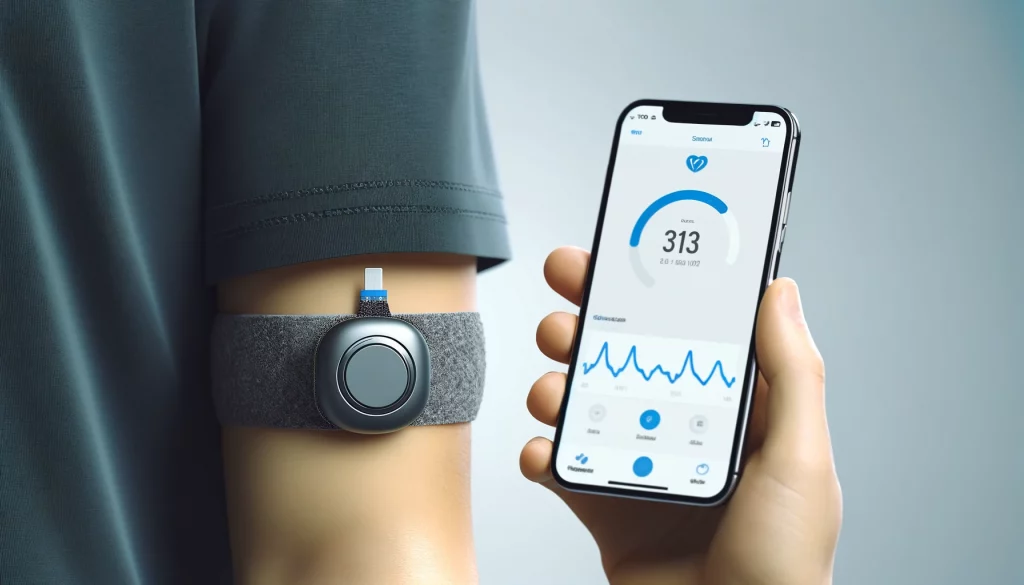
Sensor Placement
The sensor, usually placed on the abdomen or arm, measures glucose levels in the interstitial fluid. It is designed to stay in place for several days before needing replacement.
Data Transmission
The transmitter sends glucose data to a receiver or a compatible smart device, enabling users to monitor their levels in real-time through an app.
Integration with Other Devices
Modern CGMs can integrate with insulin pumps, fitness trackers and other health devices, creating a comprehensive health monitoring system.
CGMs vs Traditional Glucose Monitoring
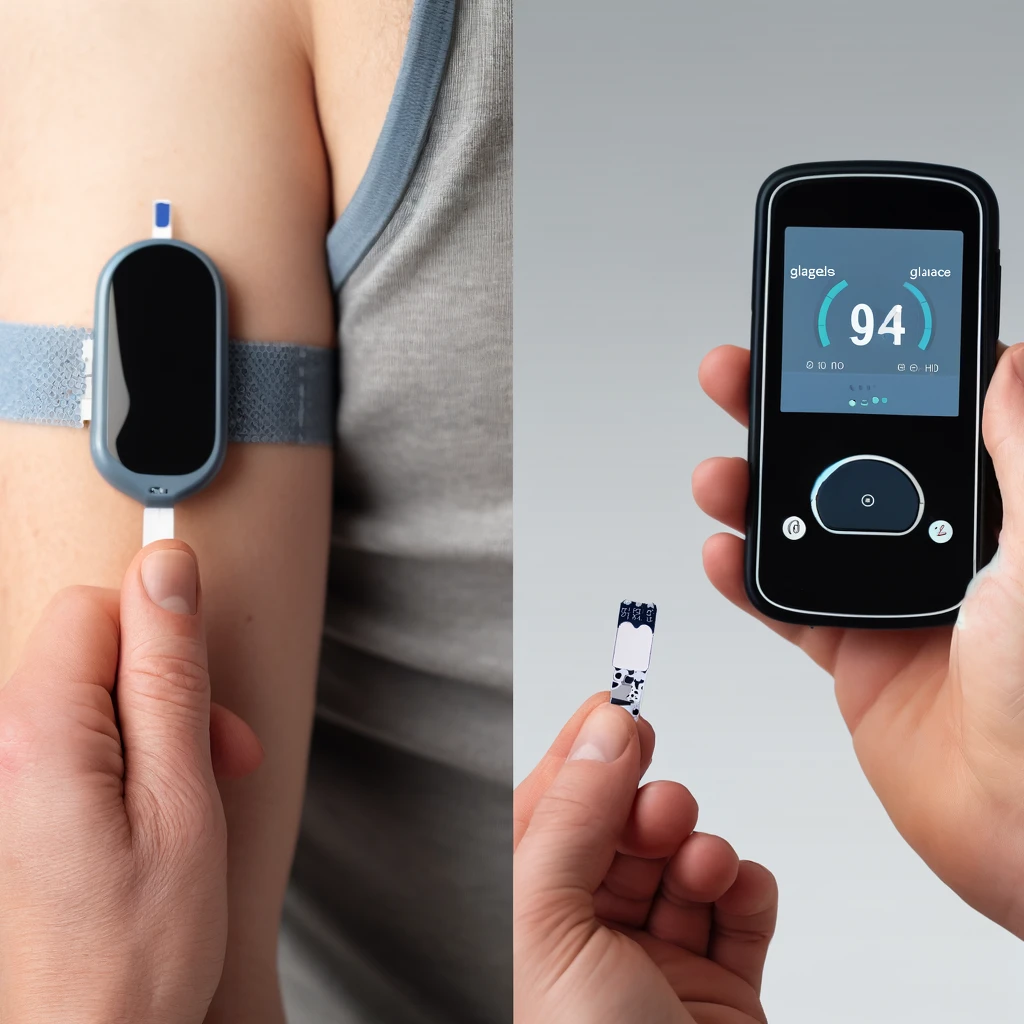
Accuracy and Precision
CGMs provide a more accurate and comprehensive picture of glucose trends compared to traditional finger-prick tests, which only offer snapshot readings.
Convenience and Ease of Use
Unlike traditional methods, CGMs are less invasive and require fewer manual interventions, making them more convenient for everyday use.
Long-Term Health Impact
Consistent monitoring and timely adjustments can lead to better long-term health outcomes, including reduced risk of diabetes-related complications.
Impact on Diabetes Management
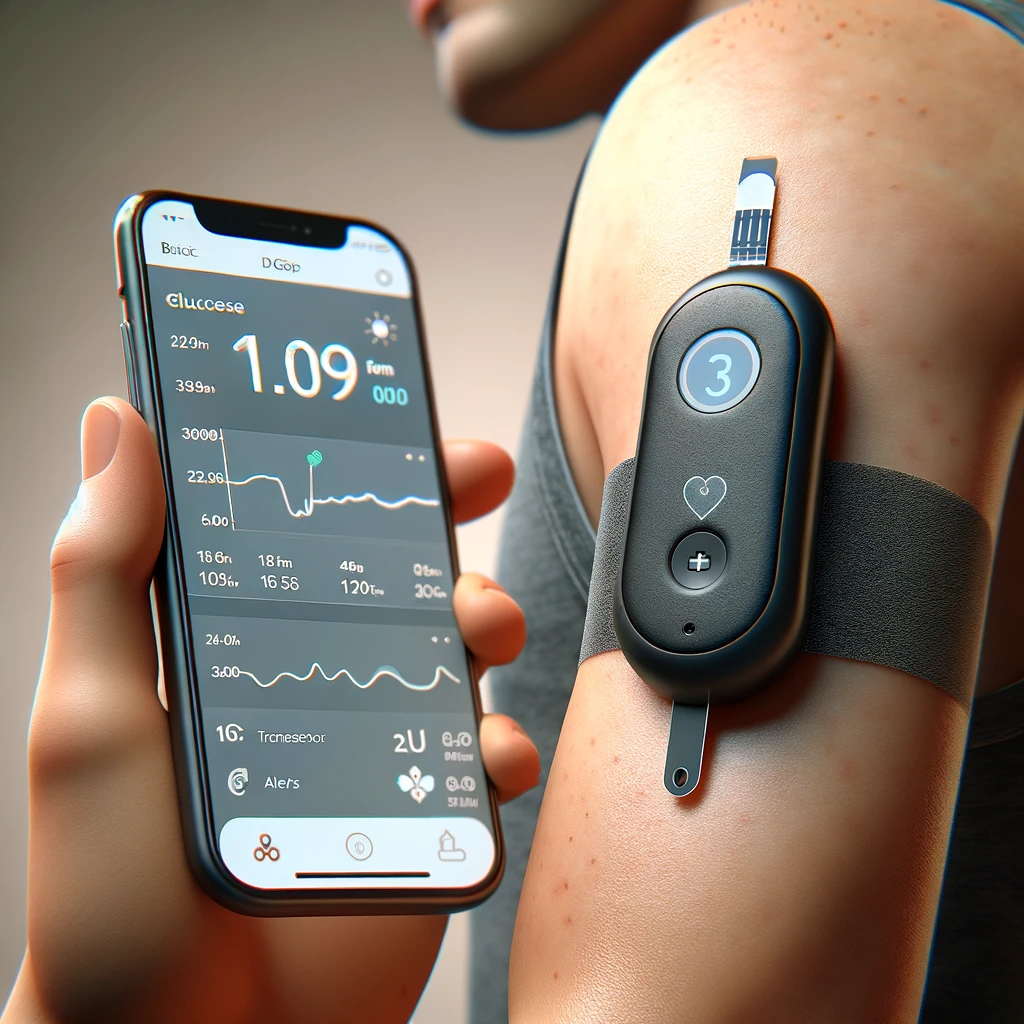
Personalized Treatment Plans
CGMs enable healthcare providers to develop more personalized and effective treatment plans based on continuous data.
Prevention of Hypoglycemia and Hyperglycemia
By alerting users to impending high or low glucose levels, CGMs help prevent severe hypoglycemia and hyperglycemia episodes.
Improved Quality of Life
With better glucose control and fewer complications, individuals using CGMs often report a significant improvement in their overall quality of life.
Beyond Diabetes: Broader Applications of CGMs
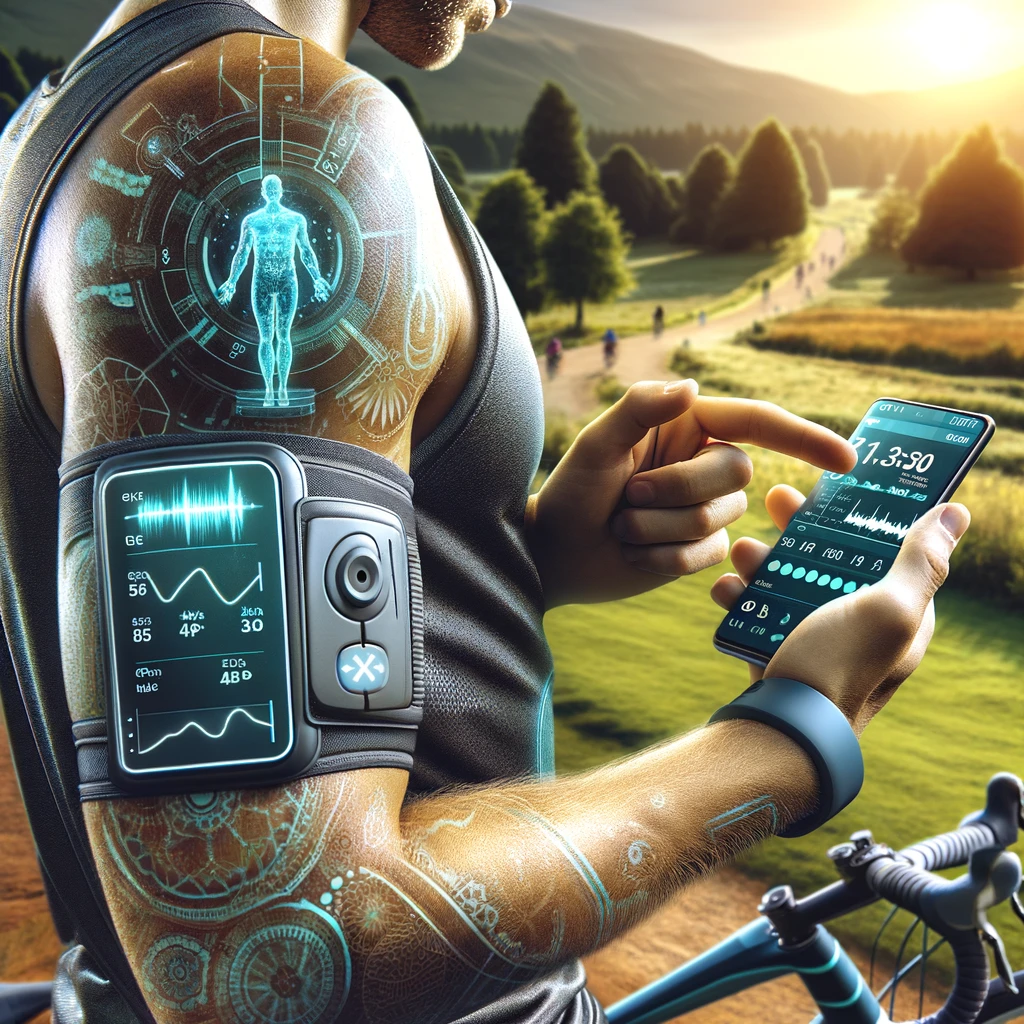
Athletic Performance Monitoring
Athletes use CGMs to monitor how different foods and exercises impact their glucose levels, optimizing their performance and recovery.
General Health and Wellness Tracking
Even for those without diabetes, CGMs can provide valuable insights into their metabolic health, helping them make better lifestyle choices.
Potential for Early Disease Detection
By tracking glucose trends over time, CGMs can potentially detect early signs of metabolic disorders, allowing for timely interventions.
Challenges and Limitations
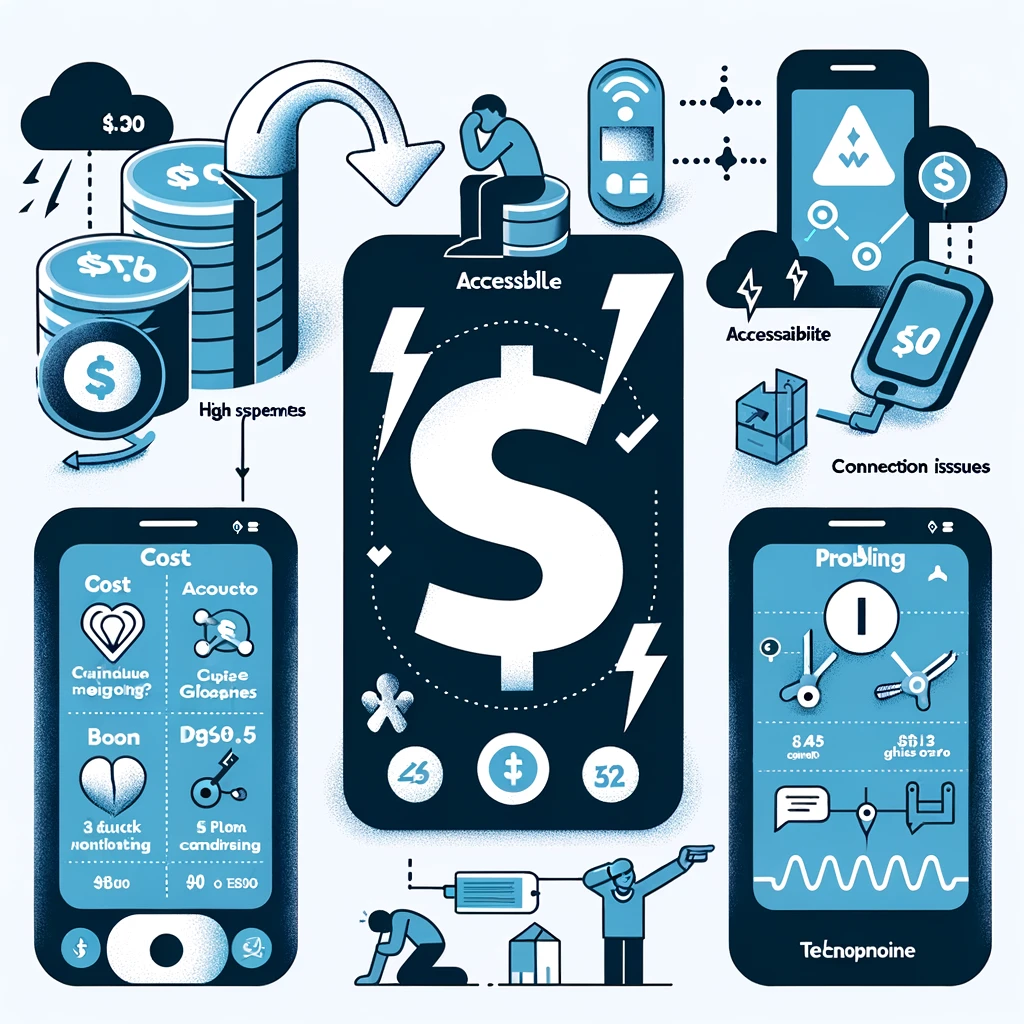
Cost and Accessibility
Despite their benefits, CGMs can be expensive and access may be limited by insurance coverage and availability in different regions.
User Compliance
Successful use of CGMs requires consistent adherence to wearing the device and monitoring the data, which can be a challenge for some users.
Technical Issues
Like any technology, CGMs are not without their flaws. Users may occasionally experience sensor errors, calibration issues or connectivity problems.
Future Trends in CGM Technology
Integration with AI and Machine Learning
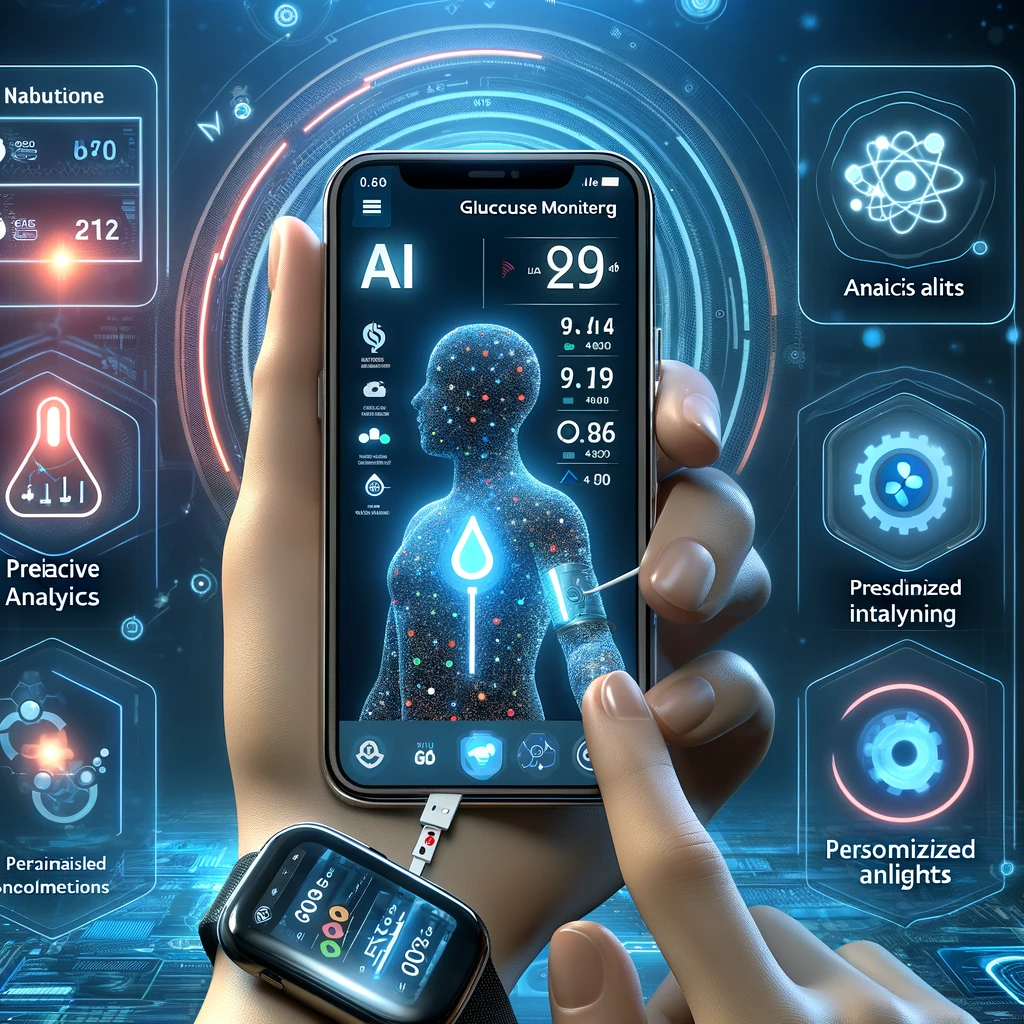
The future of CGMs includes integration with AI and machine learning to provide predictive analytics and more personalized health recommendations.
Expansion of Non-Invasive CGMs
Researchers are working on developing non-invasive CGMs that measure glucose levels without the need for skin insertion, making the process even more user-friendly.
Broader Health Monitoring Capabilities
Future CGMs might monitor other health metrics beyond glucose, offering a more comprehensive view of an individual’s health.
Case Studies and Success Stories
Real-Life Impact of CGMs
Numerous case studies highlight how CGMs have transformed lives, from better diabetes management to improved athletic performance.
Testimonials from Users
Users often share their success stories, emphasizing the life-changing impact of real-time glucose monitoring on their health and lifestyle.
Clinical Research Findings
Clinical studies support the effectiveness of CGMs in improving health outcomes and reducing the risk of diabetes-related complications.
How to Choose the Right CGM
Factors to Consider
When selecting a CGM, consider factors such as accuracy, ease of use, cost and integration capabilities with other health devices.
Top CGMs in the Market
There are several top-performing CGMs available, including models from Dexcom, Abbott and Medtronic, each offering unique features.
Tips for Effective Use
To get the most out of a CGM, users should follow best practices such as proper sensor placement, regular calibration and consistent data monitoring.
Steps to Get Started with a CGM
Consultation with Healthcare Provider
Before starting with a CGM, it’s essential to consult with a healthcare provider to ensure it’s the right choice and to receive proper training.
Device Selection and Setup
Selecting the right device and understanding how to set it up and use it effectively are crucial steps in the CGM journey.
Understanding Data and Making Adjustments
Learning how to interpret CGM data and make necessary adjustments to your lifestyle and treatment plan is key to maximizing the benefits of this technology.
The Role of Healthcare Providers
Support and Guidance
Healthcare providers play a vital role in supporting patients using CGMs, offering guidance on device use and data interpretation.
Continuous Monitoring and Feedback
Providers can monitor patients’ glucose data remotely, providing timely feedback and adjustments to treatment plans.
Patient Education and Empowerment
Educating patients about the importance of consistent monitoring and empowering them to take control of their health are essential aspects of successful CGM use.
Conclusion
Continuous Glucose Monitors are transforming the landscape of health monitoring, offering real-time data, improved diabetes management, and broader applications for general wellness. As technology advances, the potential for CGMs to integrate with AI, expand into non-invasive methods and monitor other health metrics will only grow, making them an indispensable tool in modern healthcare.
FAQs
1. What is a CGM and how does it work?
A Continuous Glucose Monitor (CGM) is a device that tracks blood glucose levels in real time. It consists of a sensor inserted under the skin, a transmitter that sends data to a receiver and a display device that shows glucose levels.
2. How accurate are CGMs compared to traditional finger-prick tests?
CGMs provide a more comprehensive and accurate picture of glucose trends, offering continuous data rather than single-time-point measurements from finger-prick tests.
3. Can CGMs be used by people without diabetes?
Yes, CGMs can be used by individuals without diabetes to monitor metabolic health, optimize athletic performance and make informed lifestyle choices.
4. What are the main challenges associated with using CGMs?
Challenges include the cost of devices, user compliance and occasional technical issues such as sensor errors or connectivity problems.
5. What advancements can we expect in CGM technology in the future?
Future advancements may include integration with AI for predictive analytics, development of non-invasive CGMs and expanded capabilities to monitor other health metrics.

